The Ha Giang Loop, located in the northernmost region of Vietnam, is a spectacular journey that offers more than just breathtaking landscapes. It provides an enriching opportunity for cultural immersion and education that allows travelers to connect deeply with the local ethnic minority communities. With 19 different ethnic groups residing within the region, each group boasts its own unique traditions, clothing, languages, and customs. This diversity presents a profound context for learning, cultural exchange, and personal growth. As travelers engage in authentic experiences, they not only absorb knowledge but also actively contribute to the sustainability of these vibrant communities.
Connecting with Ethnic Minorities
One of the key highlights of traveling the Ha Giang Loop is the chance to interact with its diverse ethnic groups. From the Hmong and Tay to the Dao and Nung, each community offers a distinctive cultural experience. For instance, the Hmong people are known for their intricate embroidery and colorful traditional dresses, whereas the Tay are recognized for their unique musical traditions. Embracing such variety encourages travelers to appreciate the beauty of cultural differences and promotes a deeper understanding of the local heritage.
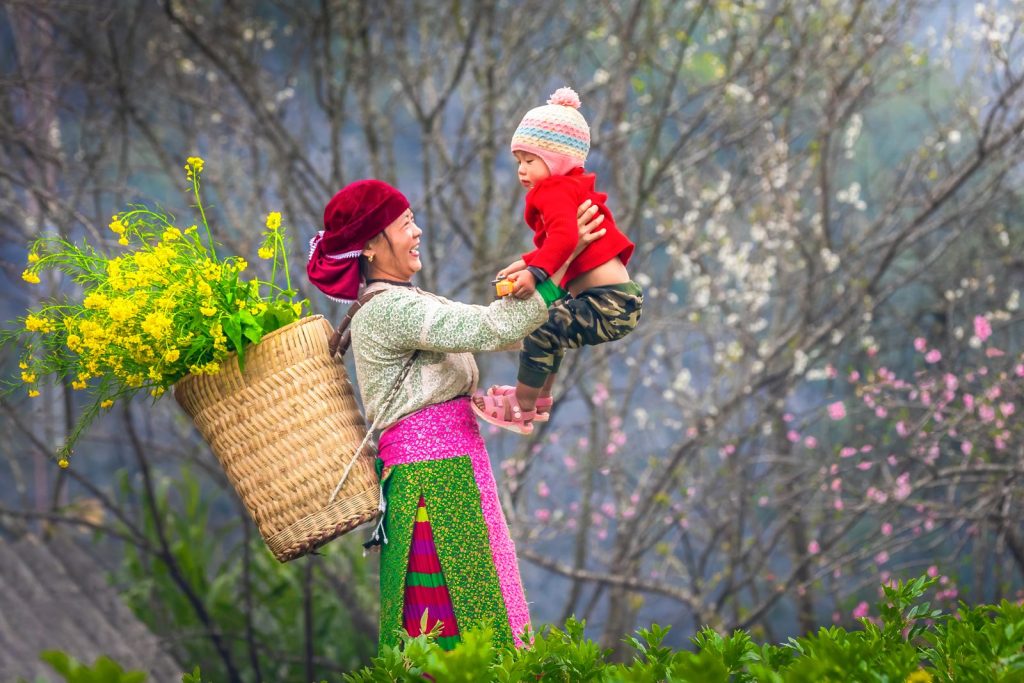
Travelers often find themselves participating in community outreach programs where they teach English to children and young adults. These activities not only assist local populations in improving their language skills but also foster mutual understanding and respect among different cultures. Engaging in such meaningful exchanges allows visitors to leave a positive impact while gaining valuable insights into the lives and aspirations of the local people. Through this educational endeavor, a bond is formed, celebrating the inherent values of community and kinship that are prevalent in the Ha Giang region.
Immersive Experiences through Homestays
Staying in homestays along the Ha Giang Loop is another critical aspect of cultural immersion. These accommodations provide an authentic glimpse into the daily lives of local families. Guests can partake in various activities, such as farming, cooking traditional meals, and participating in local rituals. These hands-on experiences offer travelers a unique opportunity to learn about indigenous customs and traditional practices.
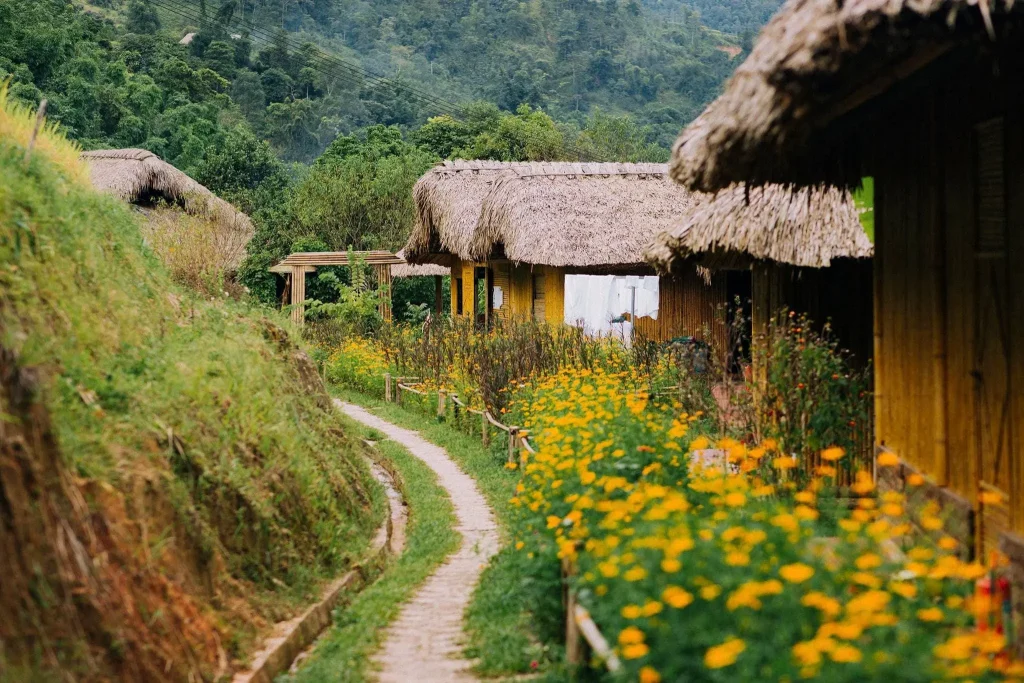
Homestays also encourage a sense of responsibility among travelers. By choosing to stay with local families, they contribute to the economy directly, ensuring that the benefits of tourism are felt within the communities. This reinforces the importance of responsible tourism, which aims to reduce the negative impacts of tourism while enhancing the cultural heritage and economy of the host communities.
Key Benefits of Homestays:
- Cultural Exchange: Learn about local customs, traditions, and daily practices directly from hosts.
- Sustainable Support: Contribute to local economies by spending on homestays, food, and experiences.
- Authentic Meals: Enjoy home-cooked traditional dishes featuring local ingredients.
Exploring Significant Cultural Sites
The Ha Giang Loop is dotted with significant cultural sites that offer insights into the historical and architectural heritage of the region. One such landmark is the Hmong King’s Palace, a testament to the architectural ingenuity of the local ethnic groups. Visitors can explore the palace’s structure and learn about its historical relevance, creating a richer understanding of the local culture and its evolution over time.
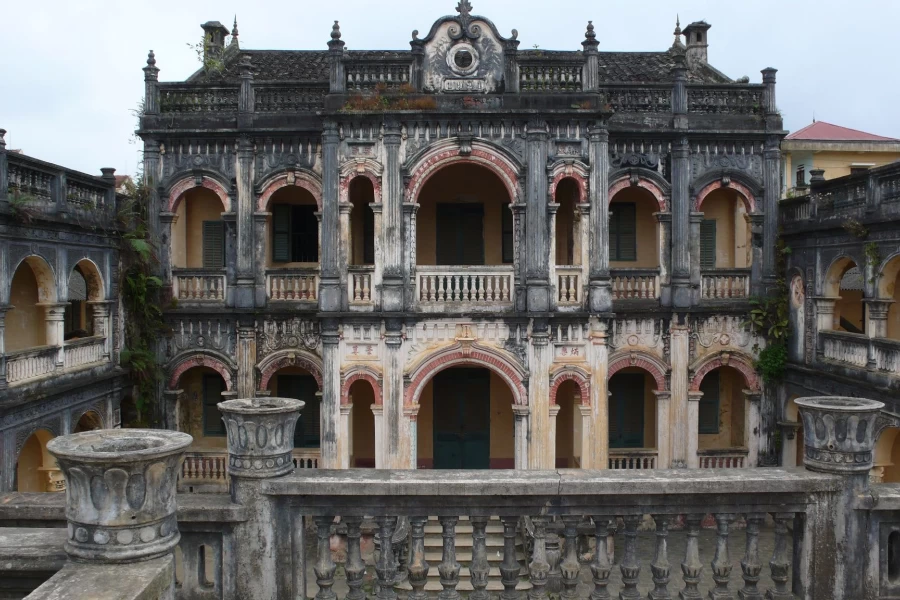
As travelers wander through these sites, they often encounter local artisans and craftsmen who perpetuate traditional skills passed down through generations. Learning about local craftsmanship is vital to understanding the artistic expressions that reflect the identity and history of each ethnic group. For instance, some travelers might participate in workshops where they can try their hand at textile making or pottery, deepening their appreciation for the skills involved in these traditional crafts.
Notable Cultural Sites to Visit:
- Hmong King’s Palace: A historical site representing the Hmong culture.
- Rice Terraces: Reflecting traditional agricultural practices of ethnic minorities.
- Local Markets: Experience vibrant exchanges where locals trade goods and stories.
Participating in Traditional Festivals
One of the most enriching aspects of the Ha Giang Loop is the alignment of travel experiences with local festivals. These celebrations often take place throughout the year and showcase traditional music, dance, and communal activities. Participating in such events allows visitors to engage directly with the culture in a festive setting.
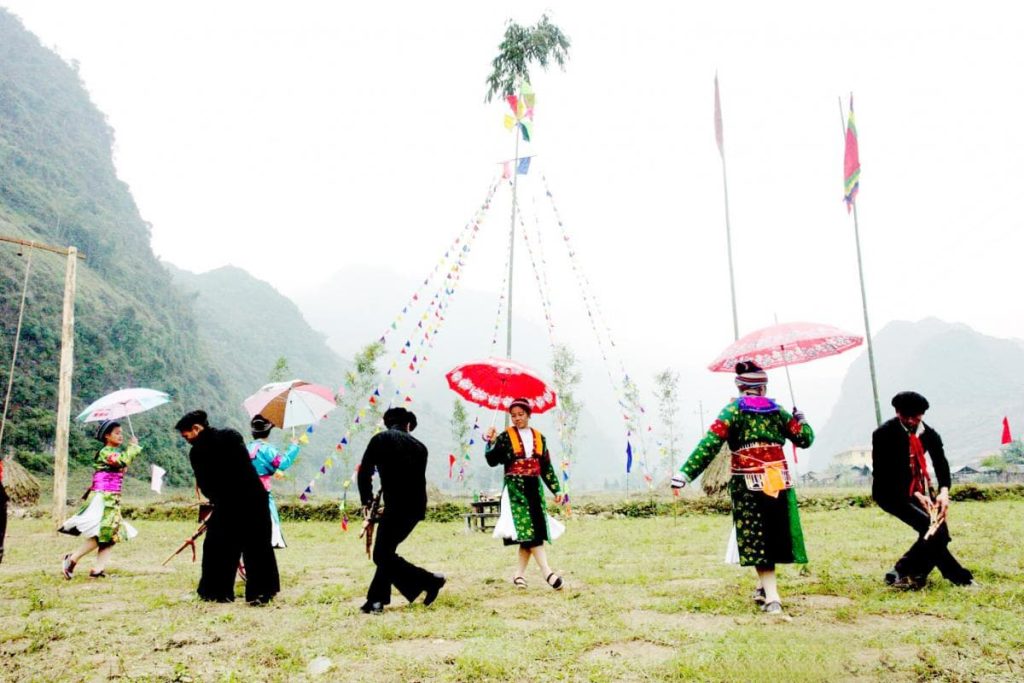
During festivals, travelers can witness traditional rituals and community interactions that reflect the essence of the local way of life. For example, the Hmong New Year celebration features colorful costumes, traditional games, and folk performances, creating a lively atmosphere that invites participation from all attendees. This shared experience fosters a sense of connection and understanding that transcends language barriers, highlighting the importance of community celebration and cultural expression.
Popular Festivals to Experience:
- Hmong New Year: A colorful celebration filled with music and traditional games.
- Tay’s Long Tong Festival: Marking the beginning of the new agricultural season with communal activities.
- Dao’s Fire Dance Festival: A unique ritual symbolizing the community’s beliefs in protecting their land.
Volunteering and Giving Back
Traveling the Ha Giang Loop also presents opportunities for volunteers to give back to the community. Engaging in various local projects not only enhances the travel experience but also reinforces the importance of building sustainable relationships with the local populace. Whether it’s assisting in educational initiatives or helping improve local infrastructure, travelers who invest their time in community service reap mutual benefits.
Volunteering in the area fosters connections with locals while simultaneously addressing significant challenges faced by these communities. For example, educational initiatives focused on teaching English or skills training for women can significantly uplift the local population, breaking down barriers to opportunities and enhancing employability. These efforts allow travelers to see the tangible impacts of their contributions, making their experiences on the Ha Giang Loop even more meaningful.
Ways to Volunteer on the Ha Giang Loop:
- Teaching English: Engage with local children and young adults to improve language skills.
- Community Development Projects: Help with infrastructural improvements or health initiatives.
- Conservation Efforts: Participate in preserving natural landscapes and biodiversity.
Conclusion
Engaging in cultural immersion and educational experiences on the Ha Giang Loop is an enriching endeavor that transcends traditional travel. It enables travelers to forge profound connections with local communities while gaining invaluable insights into the diverse cultures and histories that shape this stunning region. Through homestays, participation in festivals, and involvement in community outreach, travelers not only enhance their understanding of the world but also contribute to the sustainability and prosperity of ethnic minority communities. As such, the Ha Giang Loop stands as a testament to the power of responsible tourism, showcasing the importance of cultural exchange, respect, and collective growth.
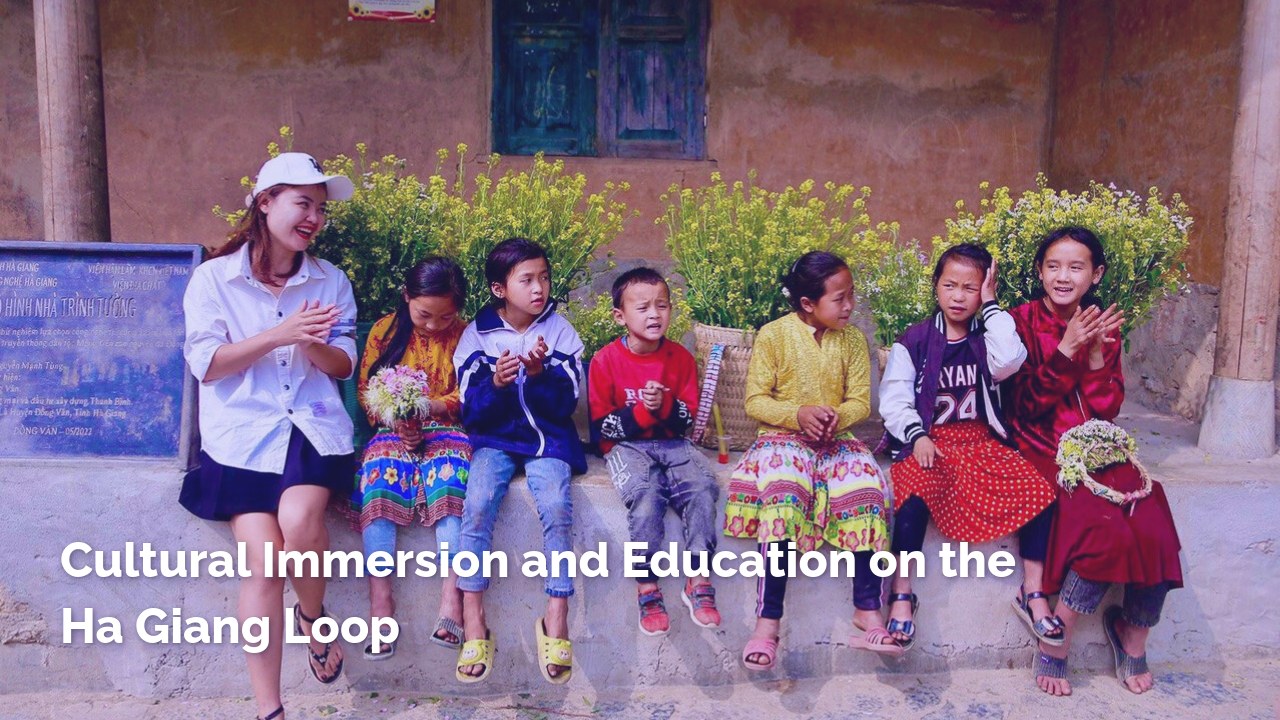
Leave a Reply